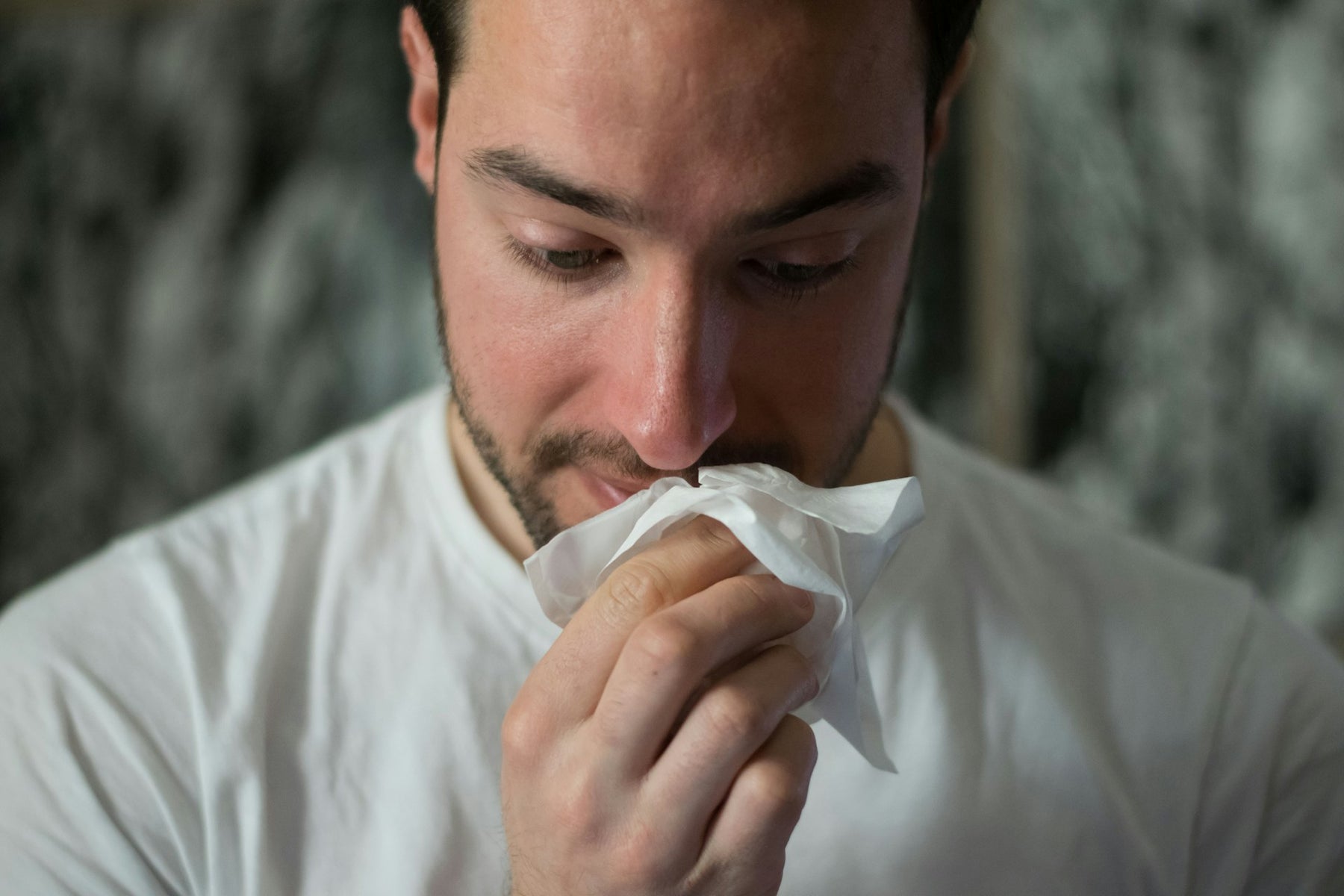
(502) 783-7995
(502) 783-7995


Allergies can significantly impact your quality of life, with sufferers often seeking out various ways to alleviate their symptoms. One often overlooked solution is underfloor heating.
Unlike traditional heating methods, underfloor heating offers several benefits that can help reduce allergens and improve indoor air quality. In this article, we will discuss the benefits of underfloor heating for allergy sufferers.
Traditional heating systems, especially forced air systems, can circulate dust, pollen, pet dander, and other allergens throughout the home. These allergens are often stirred up and dispersed into the air every time the heating system kicks on.
Underfloor heating, on the other hand, uses radiant heat to warm spaces. This method does not rely on blowing air through ducts, thereby significantly reducing the movement of airborne particles and improving overall air quality.
Dust mites thrive in warm, humid environments, particularly in carpets and bedding. Traditional heating systems can create hot and humid conditions that are ideal for dust mites. Underfloor heating creates a consistent and even temperature throughout the home, reducing the humidity levels and making the environment less hospitable for dust mites.
This consistent heat can help keep dust mite populations in check, thereby reducing one of the most common triggers for allergies.
Underfloor heating systems work best with certain types of flooring, such as tile, stone, or laminate. These materials are not only excellent conductors of heat but also hypoallergenic. Unlike carpets, which can trap dust, pollen, and other allergens, these flooring options are easy to clean and do not harbor allergens.
By combining underfloor heating with hypoallergenic flooring, allergy sufferers can create a more health-friendly home environment.
Mold and mildew thrive in damp, cool conditions and are notorious for triggering allergies and respiratory issues. Traditional heating systems can sometimes create uneven heating, leading to pockets of moisture and conducive conditions for mold growth.
Underfloor heating provides uniform warmth across the entire floor, preventing the formation of cold spots where moisture can accumulate. This consistent warmth helps keep floors dry and inhibits the growth of mold and mildew.
Traditional heating systems can be noisy, and this noise can contribute to stress, which in turn can exacerbate allergy symptoms. Underfloor heating systems operate silently, creating a calm and peaceful indoor environment. This can be particularly beneficial for individuals who suffer from stress-related allergy flare-ups.
Beyond the direct health benefits, underfloor heating provides an increased level of comfort that can indirectly benefit allergy sufferers. The even distribution of heat ensures that all areas of a room are uniformly warm, eliminating the need for additional heating sources that might stir up allergens.
This consistent comfort can help individuals sleep better and experience fewer allergy symptoms, contributing to an overall better quality of life.
Underfloor heating systems are generally more energy-efficient compared to traditional heating methods. They operate at lower temperatures while providing the same level of warmth, which can lead to lower energy bills.
A more energy-efficient home means a smaller environmental footprint, which is beneficial for everyone, including those with allergies. Improved energy efficiency can also result in better control over indoor humidity levels, further reducing the conditions that favor allergens.
Once installed, underfloor heating systems require minimal maintenance. There are no filters to change or ducts to clean, which are common tasks associated with traditional heating systems that can stir up dust and allergens.
The low maintenance nature of underfloor heating means that there are fewer opportunities for allergens to be introduced into the home environment, contributing to a healthier living space.
Underfloor heating offers a myriad of benefits for allergy sufferers, from improved air quality and reduced dust mites to the prevention of mold growth and silent operation. By providing a consistent and even heat source, it minimizes the conditions that contribute to the presence of allergens in the home.
Coupled with hypoallergenic flooring options, underfloor heating can create a cleaner, more comfortable living environment that significantly reduces allergy symptoms.
For those looking to improve their indoor air quality and improve their overall well-being, underfloor heating is a worthy consideration. View our range of floor heating mats and underfloor heating cables.
Our under floor heating experts will work on the design and layout of your project, for free!